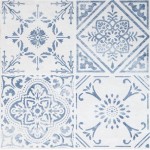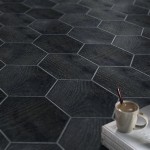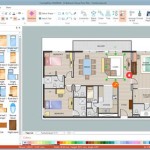Living Room Floor Plan Ideas
The living room is the central gathering space of a home, a place where family and friends come together to relax, socialize, and entertain. A well-designed living room layout can create a warm and inviting atmosphere, while a poorly designed one can feel cramped and unwelcoming.
There are many different factors to consider when planning a living room floor plan, including the size and shape of the room, the number of people who will be using it, and the types of activities that will take place there.
If you're not sure where to start, here are a few living room floor plan ideas to get you started:
Symmetrical Layout
A symmetrical layout is a classic choice for living rooms, as it creates a sense of balance and order. In a symmetrical layout, the furniture is arranged in pairs around a central focal point, such as a fireplace or a coffee table.
This type of layout is well-suited for large, formal living rooms, as it can help to create a sense of grandeur. However, it can also be used in smaller rooms, as long as the furniture is scaled appropriately.
Asymmetrical Layout
An asymmetrical layout is a more modern approach to living room design. In an asymmetrical layout, the furniture is arranged in a more free-form way, without any central focal point.
This type of layout can create a more relaxed and informal atmosphere, and it is well-suited for smaller living rooms, as it can help to make the space feel more open and spacious.
Conversational Layout
A conversational layout is designed to encourage conversation between the people in the room. In a conversational layout, the furniture is arranged in a circle or square, with each person facing the others.
This type of layout is well-suited for small to medium-sized living rooms, and it can help to create a more intimate and cozy atmosphere.
Activity-Based Layout
An activity-based layout is designed to accommodate specific activities, such as watching TV, reading, or playing games. In an activity-based layout, the furniture is arranged in different areas, each dedicated to a different activity.
This type of layout is well-suited for large living rooms, as it can help to maximize the space and create a more efficient flow.
No matter what type of layout you choose, there are a few general tips to keep in mind:
Use a focal point. A focal point is an object or area that draws the eye and creates a sense of balance in the room. In a living room, the focal point could be a fireplace, a large window, or a piece of art.
Create a comfortable seating area. The seating area should be the most comfortable and inviting part of the room. Choose furniture that is comfortable to sit on and that is arranged in a way that encourages conversation.
Use lighting to create atmosphere. Lighting can play a big role in the atmosphere of a room. Use a combination of natural and artificial light to create a warm and inviting space.
Accessorize with personal touches. Accessories can help to personalize a living room and make it feel more like home. Choose accessories that reflect your style and that add a touch of personality to the space.

Living Room Floor Plans Types Examples Considerations Cedreo

Living Room Floor Plans Types Examples Considerations Cedreo

Small Living Room Layout 8 Design Tips

24 Inspiration New Living Room Floor Plan In 2024

Lay Out Your Living Room Floor Plan Ideas For Rooms Small To Large

Living Room Floor Plan Templates
:strip_icc()/100185280-3e974cb7273c4fdd83cc0640ab45343e.jpg?strip=all)
Living Room Layouts To Make The Most Of Your Gathering Space

L Shaped Living Room Layout Ideas How To Arrange Your Furniture From House Home

Living Room Layout Ideas

Awkward Narrow Or Long Living Room Layout 15 Clever Designs With Tv Fireplace Without








